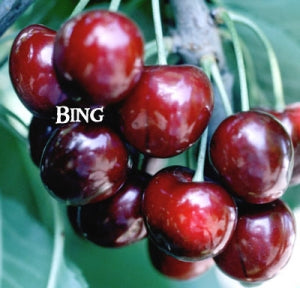


Key Details
Our rootstock is propagated via tissue culture, a clonal process that results in true to type, disease-free plants. These trees have been grown in ellepots to promote healthy root development.
Planting & Care
These trees are grafted to ensure they produce fruits that are true to type, matching the quality, flavor, and characteristics of their parent variety.
Your trees will arrive 30–34” tall. Trees shipped in winter are naturally leafless and dormant, ready to burst back to life with fresh growth in spring.
Want more tips about young tree care? Take a look at our young tree care guide!
Ellepots promote healthy, air-pruned root systems and can be planted directly into the ground. If you purchase an Ellepot plant, no need to remove the biodegradable sleeve - it can be planted straight in the ground!
Bing cherry trees are self-sterile, and need to be paired with other pollinator cherry trees to produce fruit (such as Van, Lapins, or Rainier). See "Recommended Pollinators" for pollinators we carry.
Satisfaction Guaranteed
We take pride in our trees. If your tree arrives damaged, please contact us with photos and we’ll happily provide a replacement or refund.



